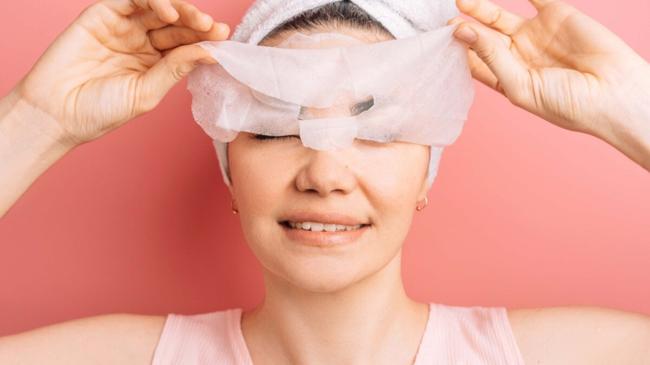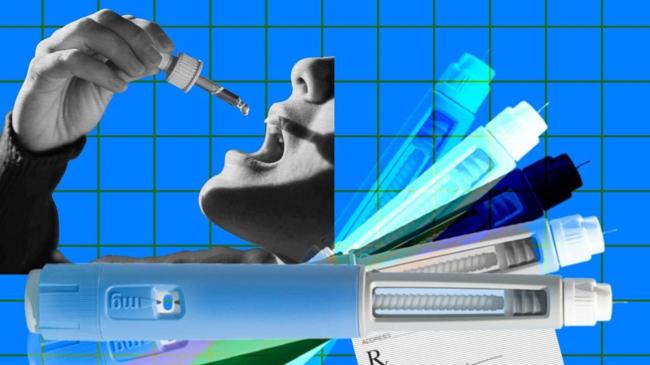Summary
Discover why your hands show age faster than your face and learn 7 proven methods to reverse and prevent further damage for younger-looking hands.
Source: Rolling Out

AI News Q&A (Free Content)
Q1: Why do hands typically show signs of aging faster than the face?
A1: Hands are more frequently exposed to environmental stressors such as UV radiation, chemicals, and physical abrasion, which accelerate collagen breakdown and pigment changes. Unlike the face, hands are often neglected in daily sun protection routines, leading to earlier appearance of wrinkles, age spots, and loss of elasticity. Additionally, the skin on the back of the hands is thinner and contains less fat and sebaceous glands, making it more prone to dryness and visible aging.
Q2: What are the most effective, scientifically proven methods to reverse and prevent hand aging?
A2: Proven methods to reverse and prevent hand aging include regular application of broad-spectrum sunscreen, use of topical retinoids and antioxidants (such as vitamin C), intensive moisturization, and periodic professional treatments like chemical peels and laser therapy. Consistent use of gloves during household chores and avoiding harsh chemicals also play key roles in preserving hand skin health. Scientific evidence supports that these measures help maintain collagen, reduce pigmentation, and improve skin hydration.
Q3: How do skincare trends in the last five years address the issue of hand aging differently compared to older practices?
A3: Recent skincare trends emphasize holistic protection, focusing on barrier repair, microbiome preservation, and inclusion of targeted hand serums with peptides and growth factors. Modern formulations also prioritize non-sensitizing, fragrance-free ingredients and daily sun protection for hands. Advances in AI-driven skincare assessments further individualize hand care routines, which was not common in past decades when hand aging was often an afterthought in skincare regimens.
Q4: What scientific evidence suggests that synthetic cosmetic ingredients may accelerate hand aging or cause other health concerns?
A4: Multiple studies have indicated that some synthetic cosmetic ingredients, such as parabens and formaldehyde-releasing preservatives, can disrupt skin barrier function and potentially cause contact dermatitis or allergic reactions. These conditions may worsen the appearance of aging on the hands by promoting inflammation and collagen breakdown. Regulatory bodies like the FDA and peer-reviewed research recommend opting for products with proven safety profiles and minimal synthetic additives to avoid adverse effects.
Q5: How does the thickness and biological structure of hand skin contribute to its vulnerability to aging, according to recent research?
A5: The skin on the back of the hands is thinner with fewer sebaceous glands and a lower fat content compared to other areas like the face. This structural difference makes the hands less able to retain moisture and more susceptible to mechanical stress, hastening the development of wrinkles and pigment changes. Recent dermatological studies confirm that maintaining skin hydration and barrier integrity is particularly challenging for hand skin, thereby accelerating visible aging.
Q6: What role do AI and deep learning systems play in diagnosing and managing skin conditions related to hand aging (based on latest scholarly articles)?
A6: Recent advancements in AI and deep learning have enabled the development of diagnostic systems that can differentiate between various skin conditions, including those related to aging, with accuracy comparable to dermatologists. These systems analyze clinical images and histories to provide recommendations for treatment and prevention. For example, deep learning models have been validated to aid in early detection of pigmentation disorders and loss of elasticity, both common in hand aging, thus potentially improving patient outcomes through earlier interventions.
Q7: Are there any notable differences in the effectiveness of hand aging treatments for individuals with different skin tones, as identified in recent research?
A7: Recent studies highlight that most AI-driven diagnostic and treatment models have been trained primarily on lighter skin tones, resulting in reduced accuracy and effectiveness for individuals with darker skin. This has led to calls for more inclusive research datasets to ensure equitable care. In terms of treatments, the response to interventions like lasers or peels may also differ by skin type, with increased risk of pigmentation changes in darker skin, underscoring the need for personalized approaches.
References:
- Human skin - Wikipedia, https://en.wikipedia.org/wiki/Human_skin
- Anti-aging product - Wikipedia, https://en.wikipedia.org/wiki/Anti-aging_product





